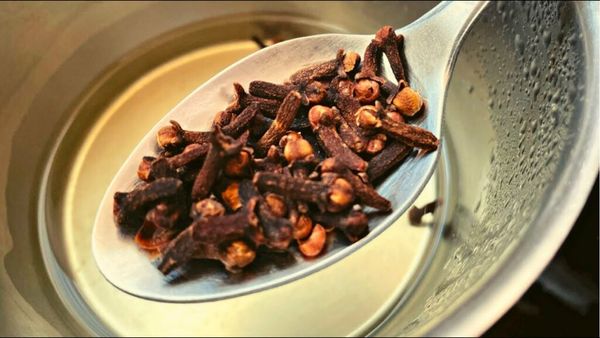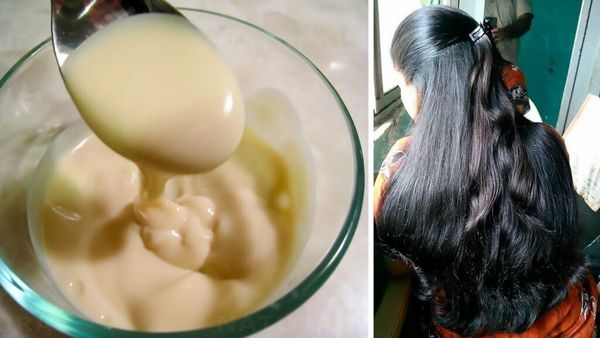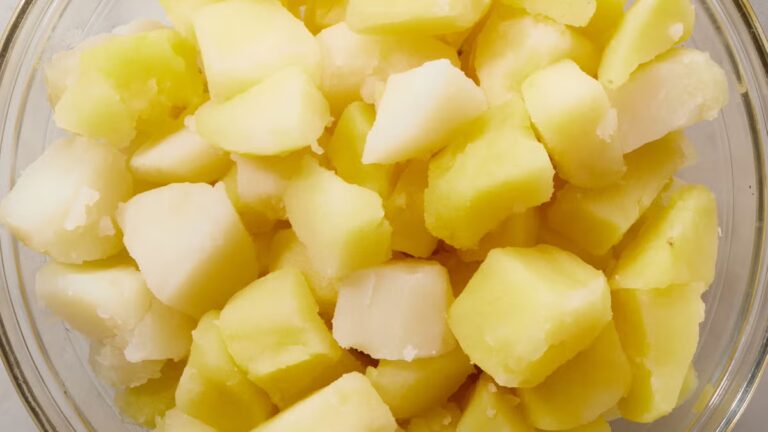Cloves are more than just a kitchen spice. They offer a myriad of medicinal benefits that can help improve your health naturally. This ancient remedy has been used for centuries, and its effectiveness will leave you amazed. Let’s explore how cloves can help you with a range of health issues.
1. Relieves Toothaches and Gum Pain
Cloves contain a compound called eugenol, which acts as a natural pain reliever. By drinking clove-infused water, you can reduce toothache and soothe gum inflammation. The antibacterial properties of cloves also combat bad breath by killing oral bacteria.
2. Eases Digestive Problems
If you’re struggling with indigestion, gas, or bloating, cloves can come to your rescue. They stimulate the secretion of digestive enzymes, making it easier for your body to break down food. Drink clove water for quick relief and improved digestion.
3. Reduces Inflammation and Joint Pain
Cloves possess powerful anti-inflammatory properties that can help alleviate joint pain and inflammation. Regular consumption of clove water may provide relief from arthritis and general joint discomfort. Manage your pain naturally without relying on medications.
4. Supports Respiratory Health
Are you struggling with a stubborn cough or congestion? Cloves are known for their ability to clear airways and reduce respiratory issues. Their antibacterial and antiviral properties fight infections while their expectorant effect helps clear mucus. Breathe easier with the help of clove water.
5. Boosts Immune System
Cloves are packed with antioxidants that protect your body against harmful free radicals. By drinking clove water, you can strengthen your immune system and arm your body against infections and viruses. Stay healthier and more resilient with regular consumption.
How to Prepare Clove Water
Ingredients:
- 1 teaspoon of whole cloves
- 2 cups of water
- Optional: a bit of honey for sweetness
Instructions:
- Bring 2 cups of water to a boil in a pot.
- Add the whole cloves to the boiling water.
- Reduce the heat and let the mixture simmer for about 10 minutes.
- Strain the liquid into a cup, removing the cloves.
- Let the liquid cool slightly, and add honey if desired.
How to Use It
Drink a cup of clove water once or twice a day to experience its health benefits. Whether you’re dealing with digestive discomfort or respiratory problems, this simple remedy can provide relief. Over time, you’ll notice the positive effects on your overall health and well-being.
Incorporate this natural and effective clove water remedy into your routine and bid farewell to common health problems. Embrace the power of cloves for a healthier you!









